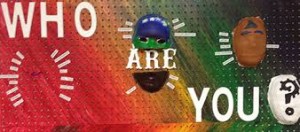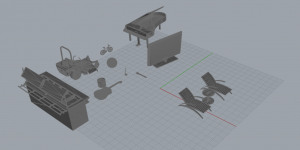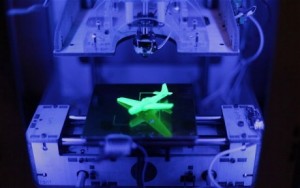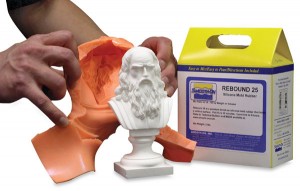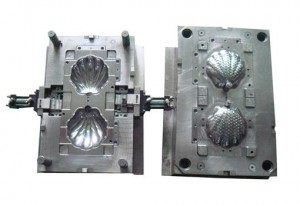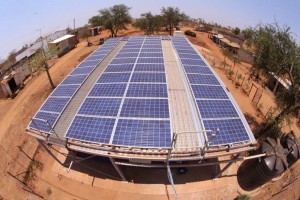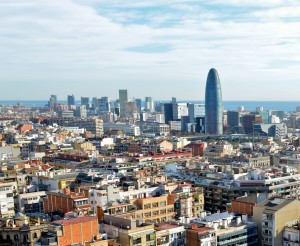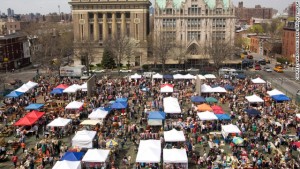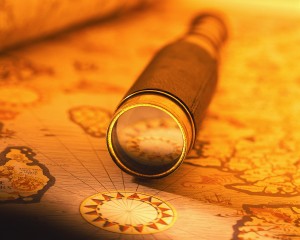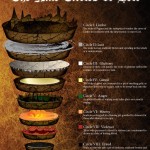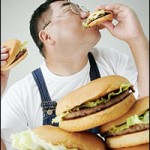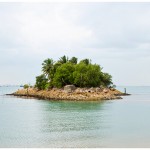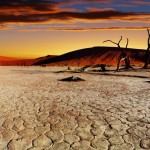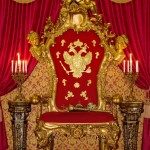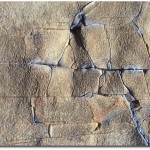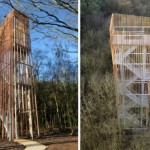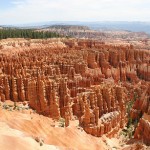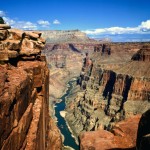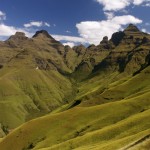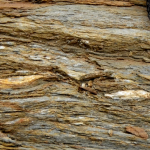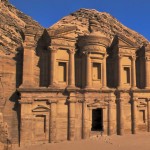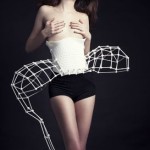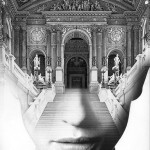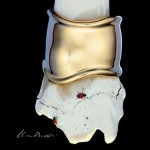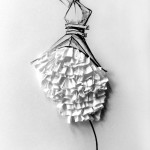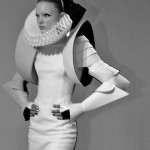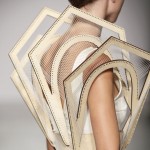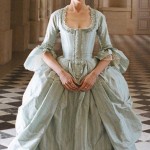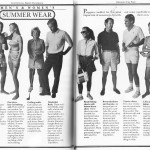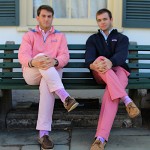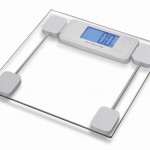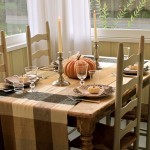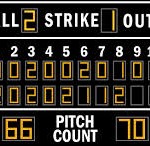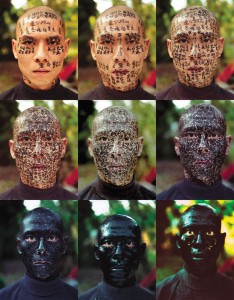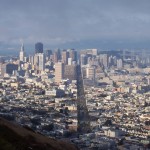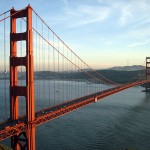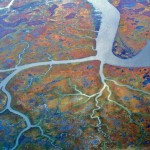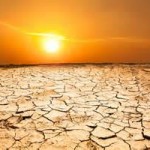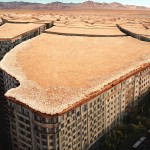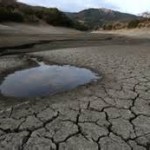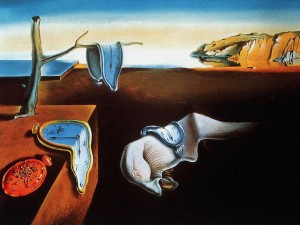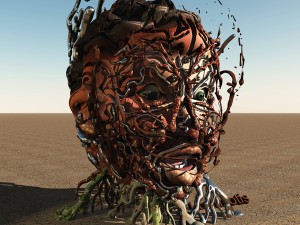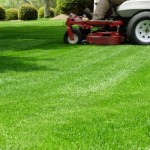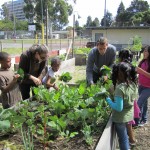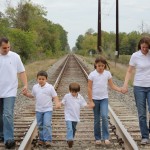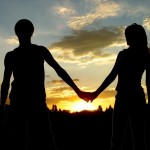What question/problem did you choose?
How do we make it through all of the challenges of life? Where does our strength come from?
Tell why you chose this topic and why it matters to you.
In my life I have struggled with a lot of different things. Sometimes it feels as if everything and everyone is trying to bring me down, including my own body. It is like I am constantly carrying around the weight of mental illness, physical illness and just general tragedies. Yet I know that still a lot of people have it worse off than me. I want to examine what is that keeps us going through the worst of times. Where does our strength come from?
Give some details on the problem/question—explain it in depth.
Everybody faces challenges in life. It is part of what makes life interesting. We carry around our successes and failures with us and hopefully learn from them. As many struggles as we face, people keep going until they eventually die. When we die, it is not only a release from all of our problems, but also a release from all of the good things that keep us going. Then some would say we are reborn, only to start the balancing act of life all over again. This is best summed up by the Buddhist philosophy of Samsara or the endless cycle of suffering. Of course, views on life/death and rebirth vary amongst cultures and people, but the ups and downs of life occur everywhere in the world. Everyone carries the past with them.
List out 10 tangible people/places/things that are associated with your question/problem.
- What question/problem did you choose?
I chose to ask if I would be able to sustain a business by utilizing only a 3D printer, a computer, and electricity to run it.
- Tell why you chose this topic and why it matters to you.
I chose this topic because I am interested in the emancipation from normal career paths. The benefits that a normal 3D printer provide are significant and could perhaps be sufficient to develop thorough prototypes which could then be communicated to injection molding or even in-house production of products.
- Give some details on the problem/question—explain it in depth.
I am currently developing a shot glass mold that could be sold to people and businesses. This mold is something that I have been able to manufacture through use of a 3D print which has then been filled with liquid silicon. This would be the final product for consumers. I want to learn more about other methods of creating molds by oneself with limited access to resources. It would be a unique capacity of the business already established to be able to sell to foreign locations by setting up booths with product to be purchased by consumers. It would be another way of advertising while I would be able to travel.
Current 3D printers are inexpensive and require only basic CAD programs to develop complex products to be printed. There are 3D printers sold as low as $300 but these often are wrought with problems or lack of accuracy to the original CAD file. There is a new 3D printer technology developed that utilizes UV light and photopolymer to create 3D prints. These prints are very accurate, however the cost of the 3D printer is around $3,500. The time for a 3D print varies by size and complexity but often runs are less than 10 hours, or almost the amount of time I would be sleeping. What is unique about the ability to make 3D print molds is that production can increase without having to wait the 10 hours. It would be an interesting idea to explore this as an actual means of sustaining a business that had a variable location.
Even small rural villages that had electricity that could be utilized over long periods of time would be sufficient to run a business entirely based off of 3D printing and casting molds. This flexibility is something I do not think has been adequately explored yet.
- List out 10 tangible people/places/things that are associated with your question/problem. • In your post, plea
- UV 3D printer
- Inexpensive Printrbot 3D printer
- Mold for making a letter for a shot glass mold
- Other in-house molds
- Injection mold
- Rural community with electricity
- Spain with electricity
- Markets to sell products abroad
- Advertisement
- Exploration
- Borrow a strategy
Artist: Norton Flavell
Title: Lucky Country Sculpture
I intend to borrow the juxtaposition between beautiful location with a non-intuitive object; in the case of the photo it is a ball attached to a chain that is lifted off the ground.
What question/problem did you choose?
What is hell?
Tell why you chose this topic and why it matters to you.
When most people think of hell, any number of grotesque, horrifying images come to mind. Demons. Worms. Skeletons. Darkness. Flames. All things that contribute to an eternal sentence of unimaginable torture for those who reject God. But could a loving God really create such a place, let alone condemn his own creations to live there? This conundrum is one that may turn people away from Him, and even religion in general. To me, these commonly accepted depictions of hell seem outlandish and over-the-top.
Give some details on the problem/question—explain it in depth.
“The mind is its own place, and in itself can make a heaven of hell, a hell of heaven.”
-John Milton, Paradise Lost
I would like to create a project that explores what Hell really is, and perhaps, why it even exists in the first place. As a Catholic, the depictions of Hell as a place of physical torture makes little sense to me. From my understanding, Hell is less of a place, and more of a state. Without getting caught up in the physical images that are obviously meant to be figurative (after all, how can a place of utter darkness be covered in glowing flames?), I want to create a series of digital images that more accurately depict the state that Hell is meant to represent: one of immense loneliness and rejection, defined by the absence of God. I want to show the essence of Hell being relational, not physical. It is a “place” where its inhabitants lifetime of choosing to reject God’s love eventually come to the realization of what they have lost. I want to show the utter heartbreak, the lifelessness that comes with this eternal state of being. God has given us the dignity to live our lives how we want to, but if we constantly defy him, making ourselves the centers of our universe, than that is exactly how our souls will spend eternity in Hell.
List out 10 tangible people/places/things that are associated with your question/problem.
- Inferno
- Circles of Hell
- Pride
- Gluttony
- Lust
- Greed
- Throne
- Time Out Corner
- Island
- Desert
-
Fallen Angel by Damien Lovegrove
I would like to invoke a similar feeling of inner isolation as this photo depicts. The void is even more recognizable in that it is in black and white, which I might want to use in my project.
What question/problem did you choose?
Taken from Cornell’s Summer Session 2013: Create a structure that resides on a cliff and is a part of the cliff itself.
Why did you choose this topic and why does it matter to you?
I chose this as my topic because this was the first real architectural problem that I had when I was at Cornell and I wanted to readdress it with more skill and abilities. I can now use a program such as Rhino to actually place the structure in the intended environment. This was a huge challenge for me when I was at Cornell and took me about four weeks to complete, I want to see if I can finish it in much less time.
Give some details on the question/problem – explain it in depth.
The question, as outlined by Cornell, was to take a building and make it one with its site. While many people tried to just physically incorporate it into the space, I tried to place a deeper meaning on the question and make the building a reflection of nature and a way to view it harmoniously and reflectively.
List out 10 tangible places/people/things that are associated with your question/problem.
- Mountains
- Canyons
- Grand canyon
- Cultural sites – provide meaning and context
- Rock
- Viewing stations
- Tourists
- Shearing
- Fissures
- Striations
Influential artist: Taylor Smyth Architects
Artwork: Sunset Cabin
Attribution: I will use a version of the slats located on the windows to bring more significance to my work.
What question/problem did you choose?
Fashion involves change, novelty and the context of time, place, and a wearer. In today’s world, there is an expected dress attire based on one’s environment. High fashion for example, now incorporates technology and scenes to re-evaluate the conventional methods of garment construction, by trying to push the boundaries of digital fabrication in this luxury market. There are dress codes based on one’s environment that are only ‘acceptable’ for that brief place, gender, or period of time.
Why did you choose this topic and why does it matter to you?
I chose this topic because I am fascinated in the relationship between the designed product and how it is distributed and consumed. This product is clothing and its unique existence in each era and the time of day/activity for each attire is an interesting phenomenon. Especially on our campus at Bucknell, there is an assumed dress code to each daily activity that has its time and place such as what one wears to the gym, what one might wear out on a Saturday evening. or even to class. Why we dress this way tells something about our identity, and yet there is an interesting paradox because it is also one of conformity. There is a duel tendency of conformity and individuality, as one of self-expression and yet at the same time from dressing similarly to others. Over the course of history, our attire and the specific dress codes have provided an identity as both an emblem of hierarchy and as an equalizer of appearance. I believe dress code includes expression of fundamental aspects of age, status, fashion interest and occupation; and when juxtaposed in an unexpected time period or space could create a powerful statement.
Give some details on the question/problem – explain it in depth.
This question of our cultural fashion trends that are reflective of a time and place and come with tremendous gender stereotypes. The critical gaze of the knowing observer shows how our appearance is something recognized, studied, and emulated. By looking back at our history of fashion, there have been significant differences in gender roles and fashionable appearances of men and women which have changed. These interpretations of male and female ideas are a visual and literary interpretation of the human body. For example, the male has been associated throughout dress of one with significant proportion, strength and nobility, whereas the female’s attire was typically more delicate, colorful, and more petite in size.
In my final project, I want to create a sense of movement, that these are all flowing scenes like that of a the fashion trends that trickle up and down through several historical influences. The flow of fashion trickles from one element of society to another, that either moves down depending on the hierarchical society and social mobility, or trickles up in movement that originated from lower-income groups and moved up towards couture. This flow however has a paradox in defining the ancient and contemporary by referencing the past and representing the present.
List out 10 tangible places/people/things that are associated with your question/problem.
1. Paris, France
2. 1920’s art deco
3. Geometric fashion objects/accessories (jewelry:Elsa Peretti)
4. Places of formal dress- ballrooms, courts, restaurants
5. Feminine: size, delicacy and color
6. Masculine:proportion, strength, nobility, grace
7. Unexpected spaces
8. Rococo period–>modern architecture
9. Preppy Handbook
10. Coco Chanel
Geode 6 & 7, Daily Dose DTLA
GEODE #2, 805 TRANSACTION AVE, ARTS DISTRICT
Artist: Paige Smith
Inspiration: Takes made geometries and hides them in obscure, natural spaces. There is an interesting juxtaposition in two elements that are typically not seen together. I am going to use this idea in my fashion scenes and construct scenes representaive of time period and fashion trends that are typically not expected with one another. Smith says in her artist statement “Geodes are formations made and found in nature and my process of using manmade materials and placing them in major cities concurrently signals the tension between nature and industry and celebrates the beauty of urban space. My work is infused with a magical realism that encourages us to pause, to discover, to be present and to find beauty in the mundane.”
Inspiration board:
What Question/Problem did you choose?
Why do humans primarily judge themselves on arbitrary numbers that provide no depth to how good of a person they are?
Why did we choose this topic and why does it matter to us?
We chose this topic because we felt that there are three distinct environments where we feel this question should be addressed: academics, athletics, and body image. This topic matters to us because of Heather’s battle with an eating disorder (body image), our history of playing sports throughout our lives (athletics), and our attendance at an academic institution whose members pride themselves on their high grades rather than their personality and community involvement.
Problem Details/Description
The academics and grades are numbers that students are judged by every day. People are considered smart for getting higher grades, but in reality, the smartest person doesn’t get the best grades, i.e. Albert Einstein or Bill Gates. In athletics, you are judged by your assists, goals, or hits rather than how well you do the tasks that are unquantifiable, like defense in baseball. You could lose your roster spot because you don’t have a lot of hits even though you are one of the best defenders on the team. With body image, a person is judged on their height and weight. Models have to be a certain height or weight in order to keep their jobs and individuals of all ages and gender are judged everyday by their peers based on their outward appearance rather than their personality.
Associated People/Places/Things
1. Teenage Girl
2. Scale
3. Dinner
4. Dining Room
5. Bathroom
6. Student
7. A Test
8. Classroom
9. Baseball Player
10. Scoreboard
11. Locker Room
- Teenage Girl
- Scale
- Dinner
- Dinner Table
- Bathroom
- Student
- Test
- Classroom
- Baseball Player
- Baseball Scoreboard
- Baseball Locker Room
Borrowed Strategy
Artist Name: Zhang Huan
Title: Family Tree
Attribute/Strategy Borrowed: In this pieces, the artist, Zhang Huan is written on and covered in names, stories, writing etc. until his entire body is covered in ink. In the end, he is no longer identifiable as himself and instead has been overwhelmed by names, numbers, etc. similarly to how humans in today’s society are often judged via numbers such as weight and their grades that actually say nothing about the individual as a whole.
What question/problem did you choose?
On a planet that is 72% water, and the advancements in water purification systems, why is California struggling to maintain a sustainable water supply?
Why did you choose this topic and why does it matter to you?
I chose this topic because I have been hearing from friends whose families are greatly affected by the water shortage in California. Also, this is an extremely serious issue that many people who are not affected by droughts do not understand. As a way of spreading awareness of this problem, I will seek to make my own interpretation of the issue.
Give some details on the question/problem – explain it in depth.
This issue is of dire concern not only to the humans living in the drought areas, but also the abundance of wildlife and surrounding environments. As a result, I am extremely interested in understanding the cause of this problem and finding a solution to this dangerous problem. Furthermore, in my final project, I want to depict a scene of the San Francisco Bay area and show the effects drought can have on it through over-dramatization. In order to depict this scene, I will incorporate the style of Salvador Dali and his use of melting to show the affects of the drought on California.
List out 10 tangible places/people/things that are associated with your question/problem.
- San Francisco, CA
- Golden Gate Bridge
- San Francisco Bay
- Tributaries
- Drought
- City Scape
- Melting
- Dried up Lake
- Cracked earth
- Rivers
Influential artist: Salvador Dali
Artwork: The Persistence of Memory
Attribution: I chose this piece to draw ideas from for my project because of the way the clocks are melting, just as the people in the California drought are melting from the heat, causing the shortage in fresh water supply.
Title: No Title
Artist: Dimitrios Loumiotis
Attribute: I really like how the head is broken up into different parts; I want to take this idea and focus on a head/body that is made up of all the obligations someone has during a day, and have obligations that take up more time take up more of the body and vice versa.
What question/problem did you choose?
How do people balance the pull of all obligations they have in one day?
Tell why you chose this topic and why it matters to you.
As the semester comes to a close, I have a lot of obligations that need met every day. All of these activities require my investment of time, which is limited. It will be fun to examine how I balance all parts of my life and how each thing takes my attention at different parts of the day. This would allow me to take a macro look at what I am doing in my last couple weeks and analyse what it means to me. The list below in an insight into everything I have going on in my day. It shows that time management plays a huge part of my life, so it matters to me a lot.
Give some details on the problem/question—explain it in depth.
Each day comes with a new list of things to do and complete. For some people, they only have one thing to worry about, such as work. For other people, they are involved in work, classes, clubs, social scenes, etc. All of these various obligations require some extent of time each day. However, a day is limited to 24 hours. I want to delve into a person thinking, most likely myself, about all of their various commitments and how each one of them pulls your attention throughout the day. I may also want to look into how long someone focuses on each different activity and find a way to show that in my next project.
List out 10 tangible people/places/things that are associated with your question/problem.
1. Work obligations
2. Social groups
3. Clubs on campus
4. Sports teams
5. Greek life
6. Volunteering time
7. Family life
8. College classes
9. Relationship commitments
10. Time to yourself
In your post, please include an image for each of the 10 people/places/things that you listed above.








